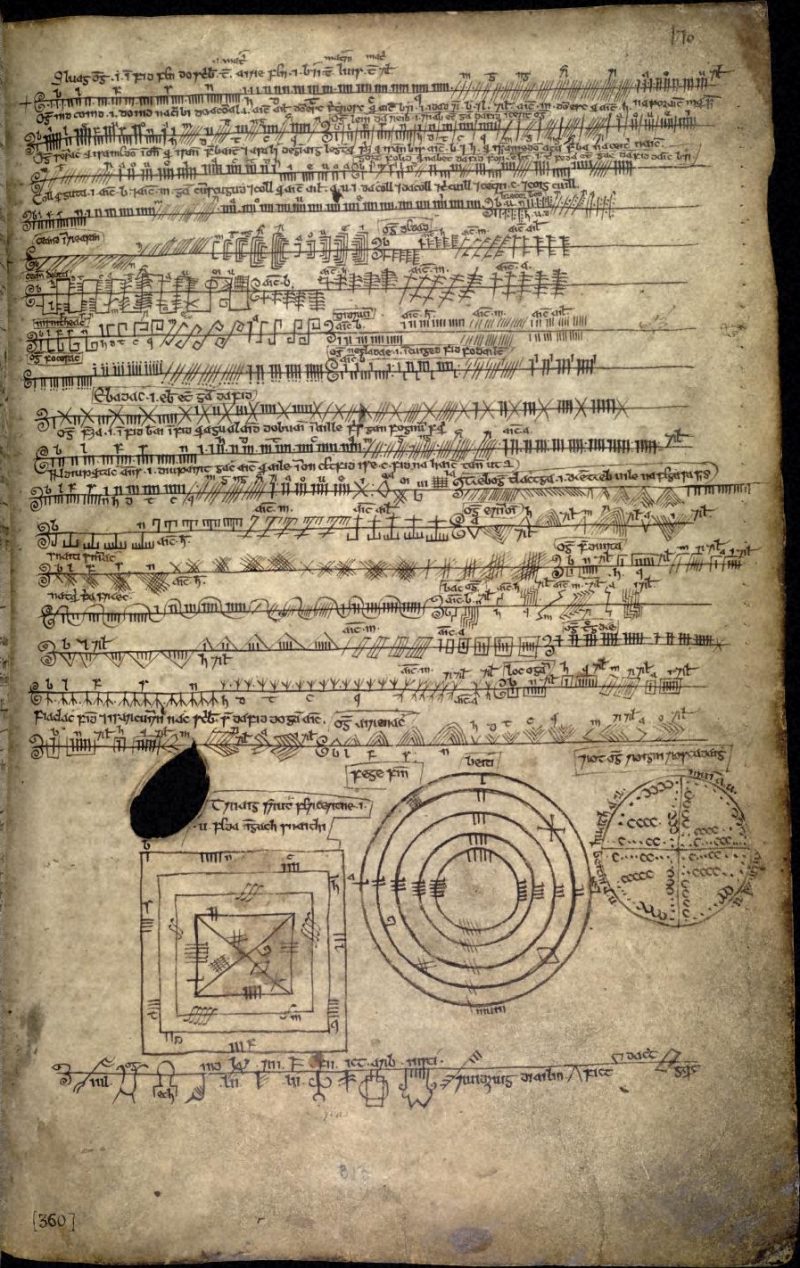Cló Gaelach / Lámh Gaelach
Cló Gaelach means Gaelic print. Lámh Gaelach is the same thing but handwritten, it means Gaelic Hand. It's not an alternative to the Latin alphabet, just a dialect of it, like how German was written in Blackletter up until quite recently. Most letters are similar to the boring mainstream print, but T (Ꞇ), G (Ᵹ) and D (Ꝺ) are quite distinctive, and the letter H is not used.
There is no aspirated h (h as a consonant) in Irish, it's used to mark softened phonemes, so m represents one consonant and mh in Cló Rómánach (Roman print) represents a softer sound. Cló Gaelach favours the superdot ṁ instead of using h.
This is the part of constitution declaring Irish the official language of the country, with English a secondary official language:

The government phased it out for official use in the 1970s because they are idiots. I still use it when I can, I never write Irish by hand without it.
Ogham
Using what we've just seen, we can call it 'oġam' instead of 'ogham'. It's not a G-sound then a H-sound; it's a soft G more like English 'owam'.
Ogham is much older. It was used around the year 400. It is a tree-themed alphabet, branches coming off a central column, and the letters mostly have names like 'birch', 'oak', 'hazel. Ogham is climbed as a tree is climbed, which is to say it's written bottom to top. It was created by the god Ogma; similar to how Thoth created writing in Egypt. An 14th-century text called In Lebor Ogaim talks about various ways of putting ciphers upon it. Posts about ogham: https://lemmy.ml/post/16545296 , https://lemmy.ml/post/18046303

ᚔᚄ ᚑᚌᚆᚐᚋ ᚓ ᚄᚓᚑ but that won't display on all people's operating systems.
Ogham tattoos are common enough nowadays.

